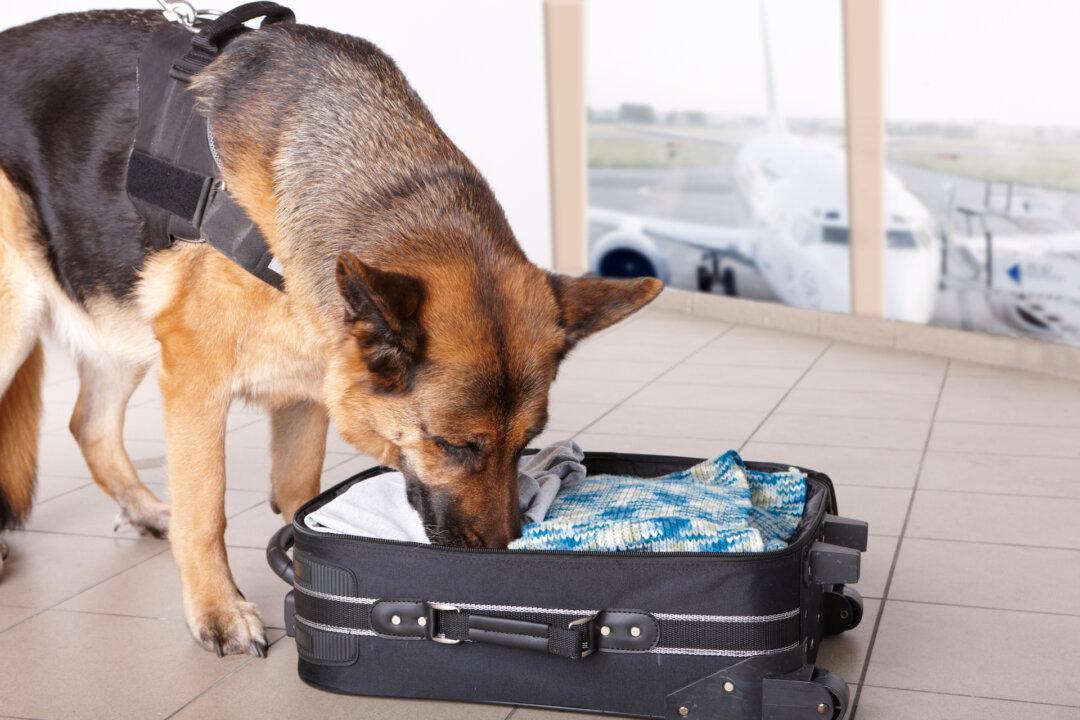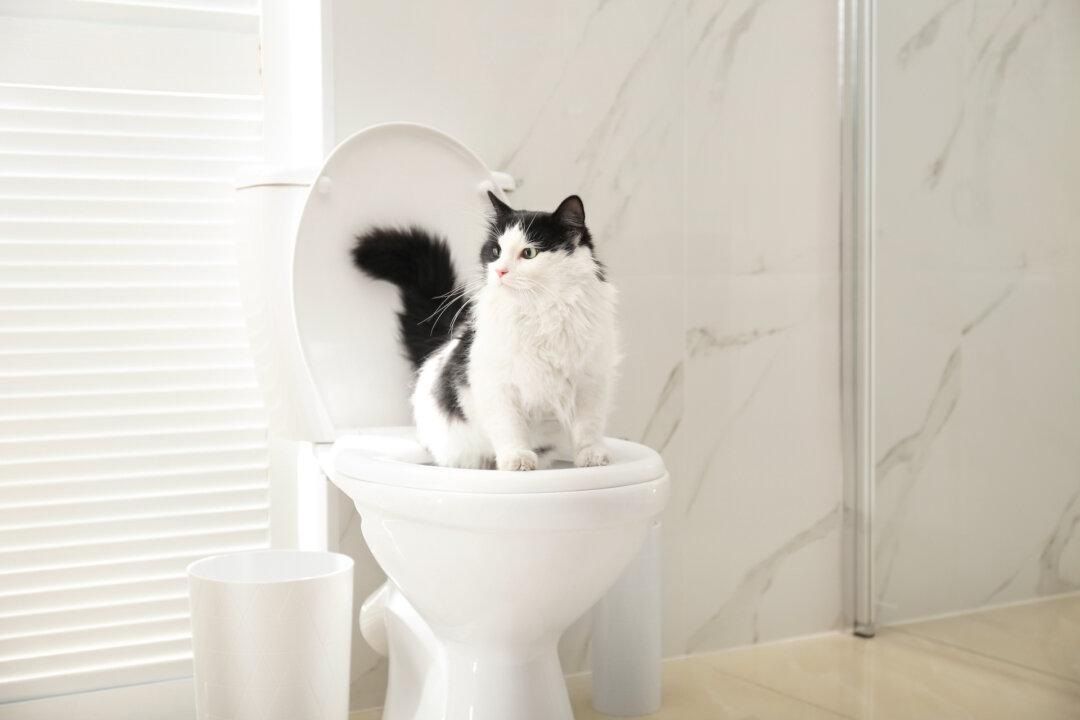Rock salt and other salt-based de-icers contain sodium chloride, potassium chloride, calcium chloride, and magnesium chloride that can irritate dogs’ feet. If your dogs walk on surfaces sprinkled with salt and then lick their feet, or lick the treated sidewalk itself, they'll swallow the salt, which may cause vomiting and diarrhea.
The same thing can happen if they drink from puddles that contain salt. Worse, if your dogs eat the salt-based de-icer from an open container, they can develop mouth and stomach ulcers, vomiting, diarrhea, dehydration, electrolyte imbalances, tremors, and seizures.
Rock salt is so corrosive it can damage concrete, asphalt, lawns, and gardens. In contrast, pet-safe de-icers won’t harm these surfaces, and when pets and children track pet-safe de-icers indoors, they’re unlikely to damage carpets and wood floors.
Most pet-safe de-icers are also more effective than salt. While rock salt stops working at temperatures below 15 degrees F, many pet-safe products remain effective to 0 degrees or below.
Moreover, most pet-safe de-icers leave an invisible film that prevents ice from sticking for a few days after use.
Pet-safe de-icers contain urea, propylene glycol, or carbonyldiamide and are available at pet supply stores and hardware stores. Urea is least irritating to the dog’s feet and stomach and therefore the safest.
Alternatives to de-icers include sand, which provides traction but doesn’t melt ice, and outfitting your dogs with boots. Also, rinsing your dogs’ feet when they return from a romp in the snow will remove any salt-based de-icers your neighbors may have used.
In cats with congenital nystagmus, the eyes’ rhythmic oscillations can be subtle or pronounced as both eyes move back and forth at the same speed. Affected cats maintain functional vision even though the nystagmus persists throughout life.
Nystagmus can also be a sign of a problem, especially if the movements are jerky or the eyeballs move fast in one direction and slowly in the other.
An example of this is idiopathic vestibular syndrome, where the nystagmus appears suddenly, accompanied by balance problems, head tilt, nausea, and vomiting. Treatment is effective at subduing the clinical signs until the condition resolves.
Cats can also develop nystagmus when there’s a problem with the inner ear or brain. So, it’s prudent to have your veterinarian check Ruby’s eyes.






Friends Read Free